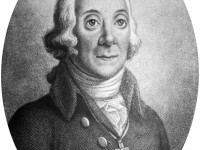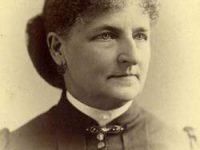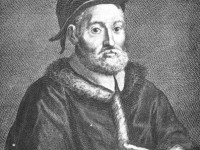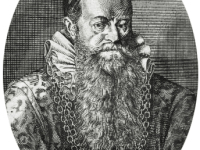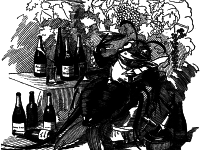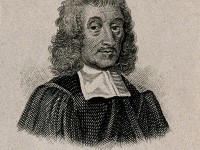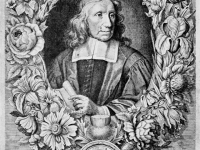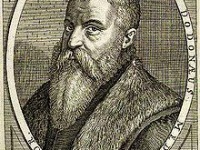Peter Simon Pallas – A Pioneer in Zoography
On September 22, 1741, German zoologist and botanist Peter Simon Pallas was born. Pallas was a pioneer in zoogeography by going beyond merely cataloging specimens with simple descriptions, but included observations of causal relationships between animals and their environment. He looked for hidden regularities in natural phenomena over an extreme range of habitats. Peter Simon Pallas – Early Years Pallas was born in Berlin, the son of Professor of Surgery Simon Pallas…
Read more

